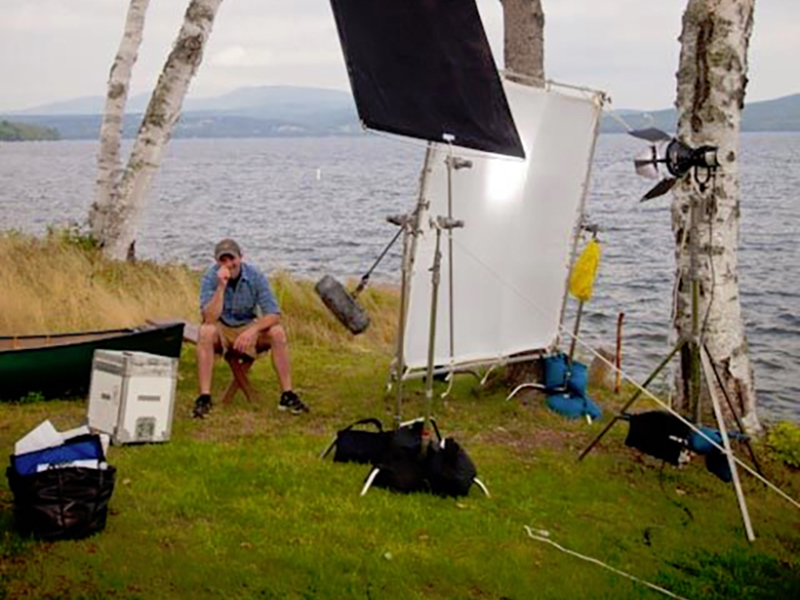Social Media: Science or Art?
Thinking Big

This story should contain no more than 150 words. The title of this post should be Try Not To Cry After Reading The Final Paragraph Of This Story. Sorry, this story should actually just be a video. No more than 35 seconds. One Feline Minimum.
In the social media world, which is really just the online world, which is really just the world, we are frequently asked to create content that attracts “likes” and “engagement” and “visits”. Clients want this. Management wants this. You want this. (I want this.)
That can mean a temptation to create content that ends up looking something like what is described in that first paragraph. Something that is shiny and amusing — but maybe not meaningful for the brand or memorable.
As content creators, we are encouraged to constantly optimize — see what works, look at the numbers, test different types of content. The scientific approach.
In essence: Give the people what they want (or at least what they think they want).
And so this news might arrive as a surprise: Some of the top storytellers online today are not allowed to even look at the site traffic that their stories attract. Ever.
For example, don’t-look-at-the-numbers policies are in place at websites like The Verge and Re/code, two of the biggest and most influential technology news sites in the world.
Same type of thing at the MIT Technology Review:
“We used to show the writers and editors traffic, and told them to grow it; but it had the wrong effect. So we stopped,” says Jason Pontin, CEO, editor in chief and publisher of MIT Technology Review. “The unintended consequence of showing them traffic, and encouraging them to work to grow total audience, is that they became traffic whores. Whereas I really wanted them to focus on insight, storytelling, and scoops: quality.”
So, give the people what they want, or give the people what they need?
Spend time trying to optimize a small idea, or spend time trying to develop a big idea?
Probably a little bit from Column A and a little bit from Column B. It’s all about balance.
In the copycat online culture (pun extremely intended) you need to ride the waves of the right memes and trends, but you also create new ideas that stand out. You need to find the right hook, but you also need to reel people all the way in.
Getting 30 people to “like” your Facebook post is something you can do mostly through smart content and targeting, through science.
Getting 10 of those people to click on the link in your Facebook post that leads to your website … and then read all the way to the end of a story… that is longer than 150 words? In 2014, maybe that is closer to an art.
The bvk>Word team builds strategies and executes client work in PR, Social Media, Promotions, Event Marketing and Metrics & Measurement to bridge the boundaries between traditional and emerging platforms.
Alex Boeder is a PR + Social Media Account Executive at BVK and a Writer for the Milwaukee Bucks.